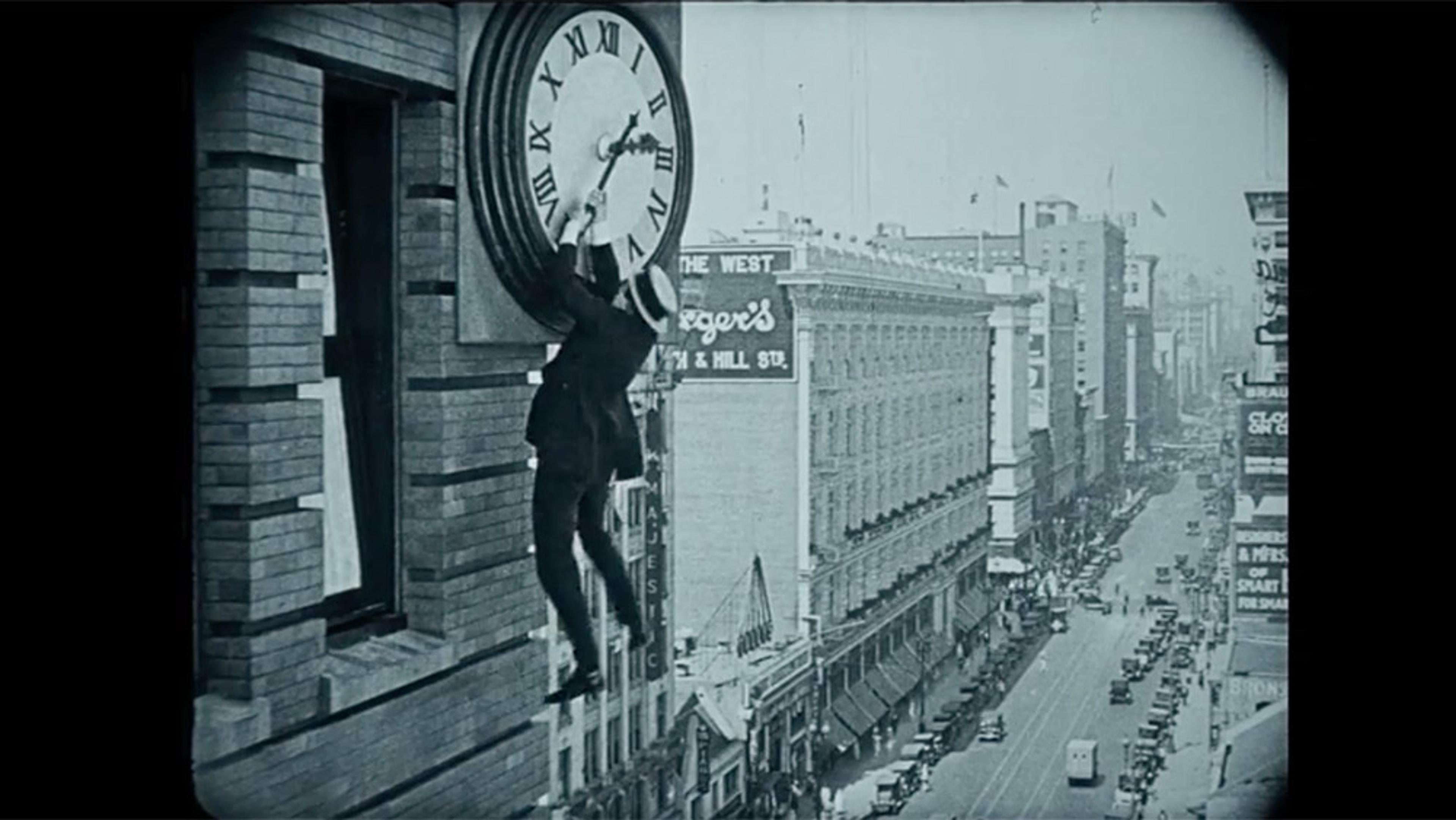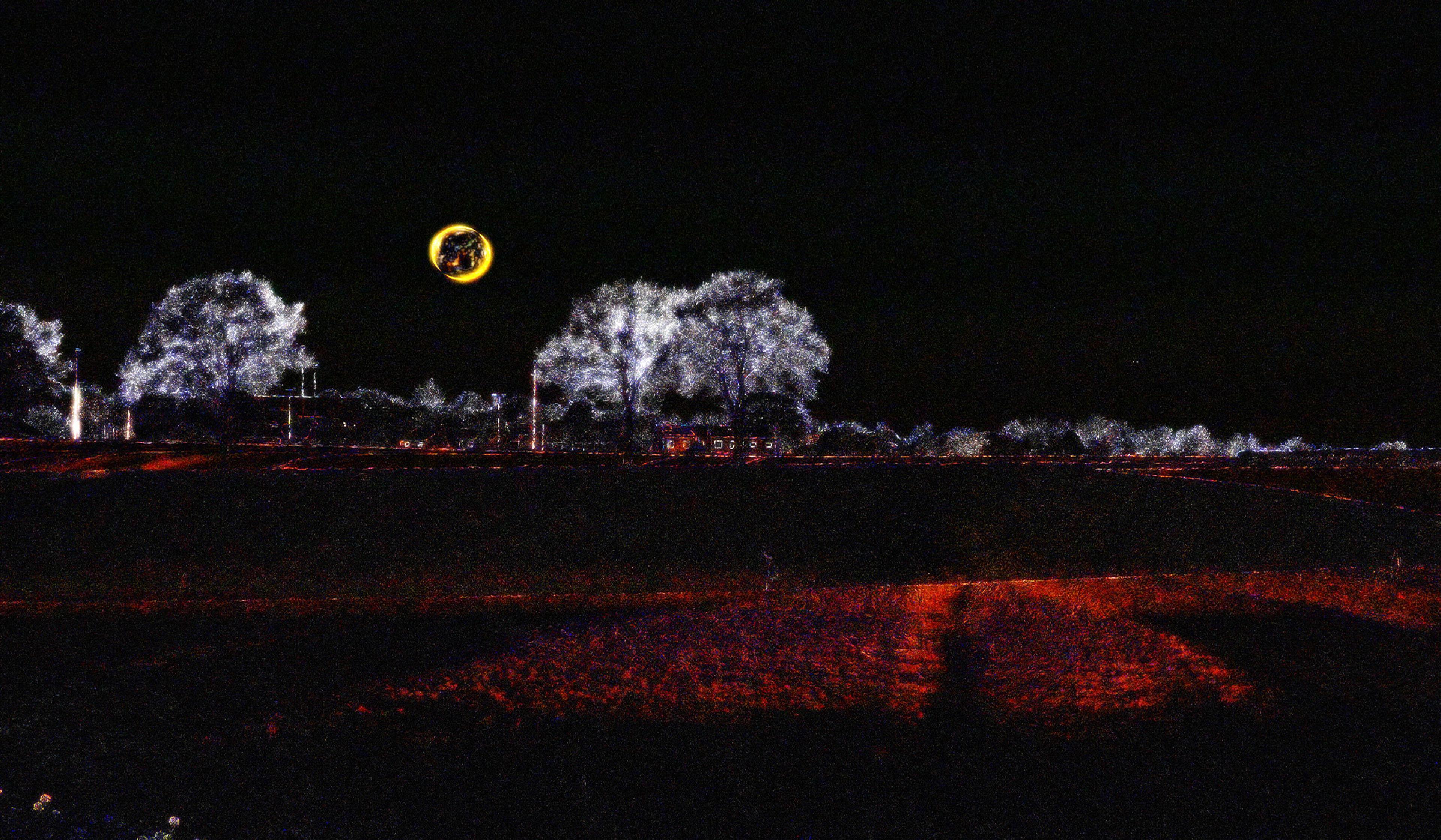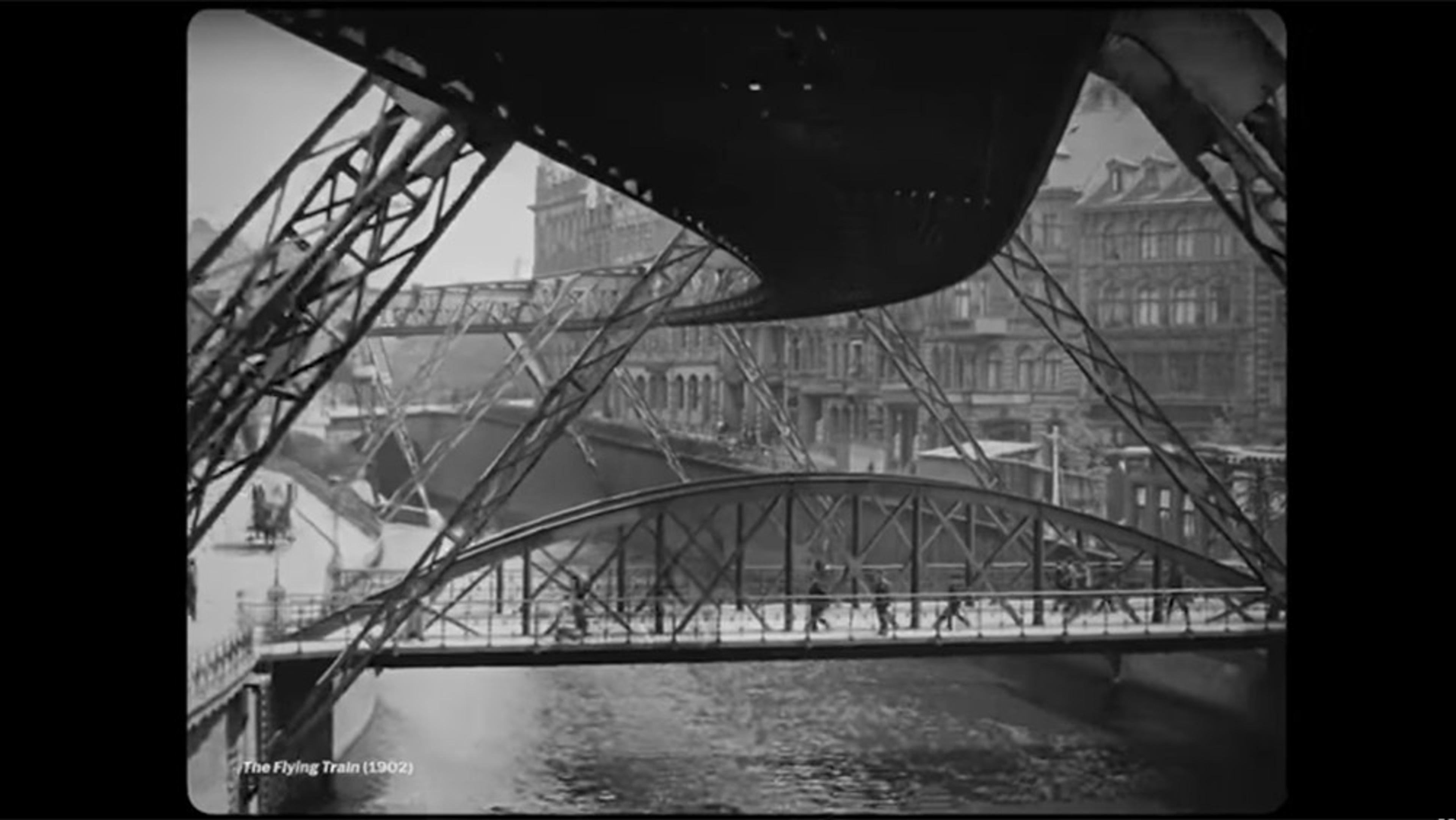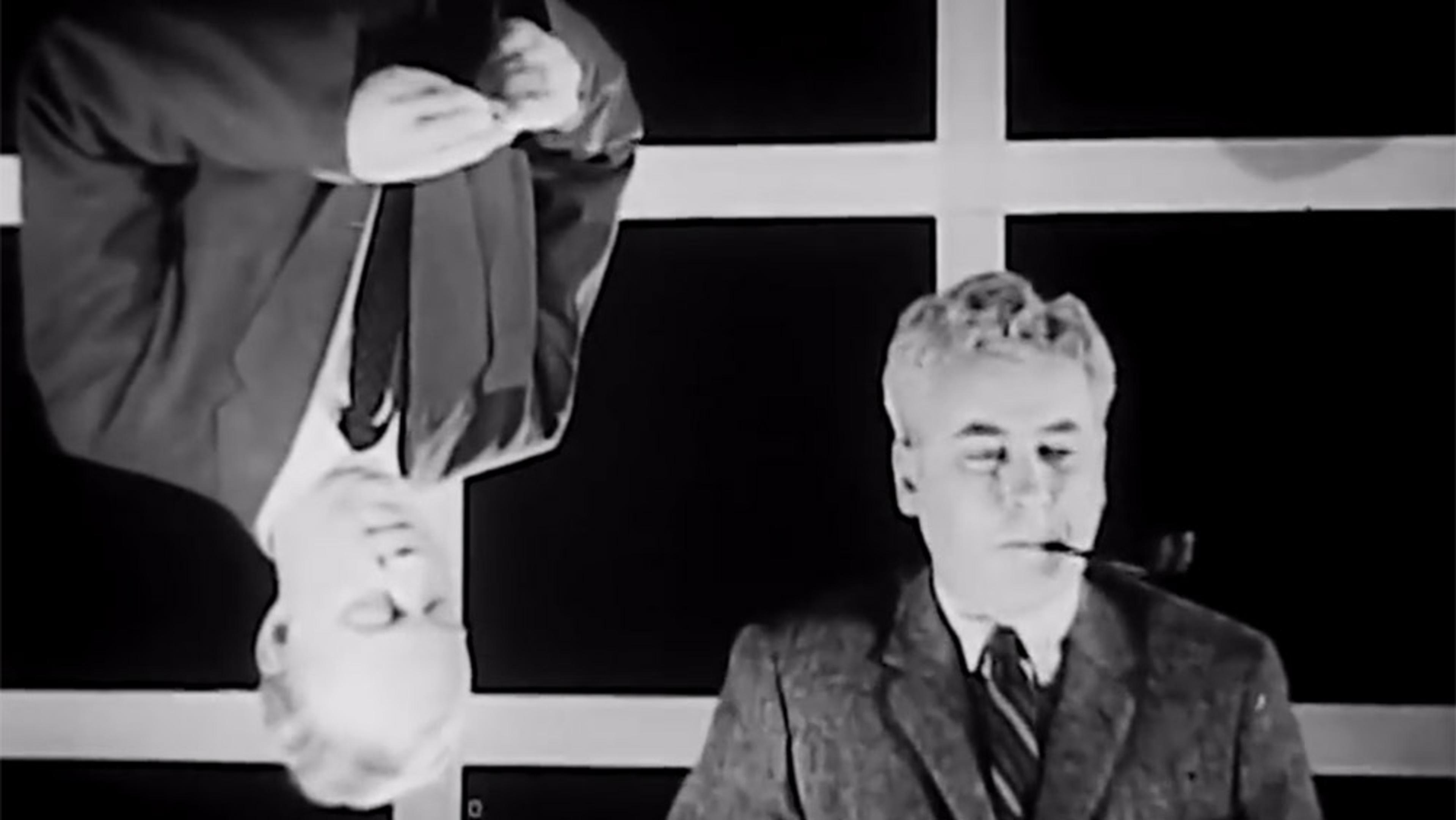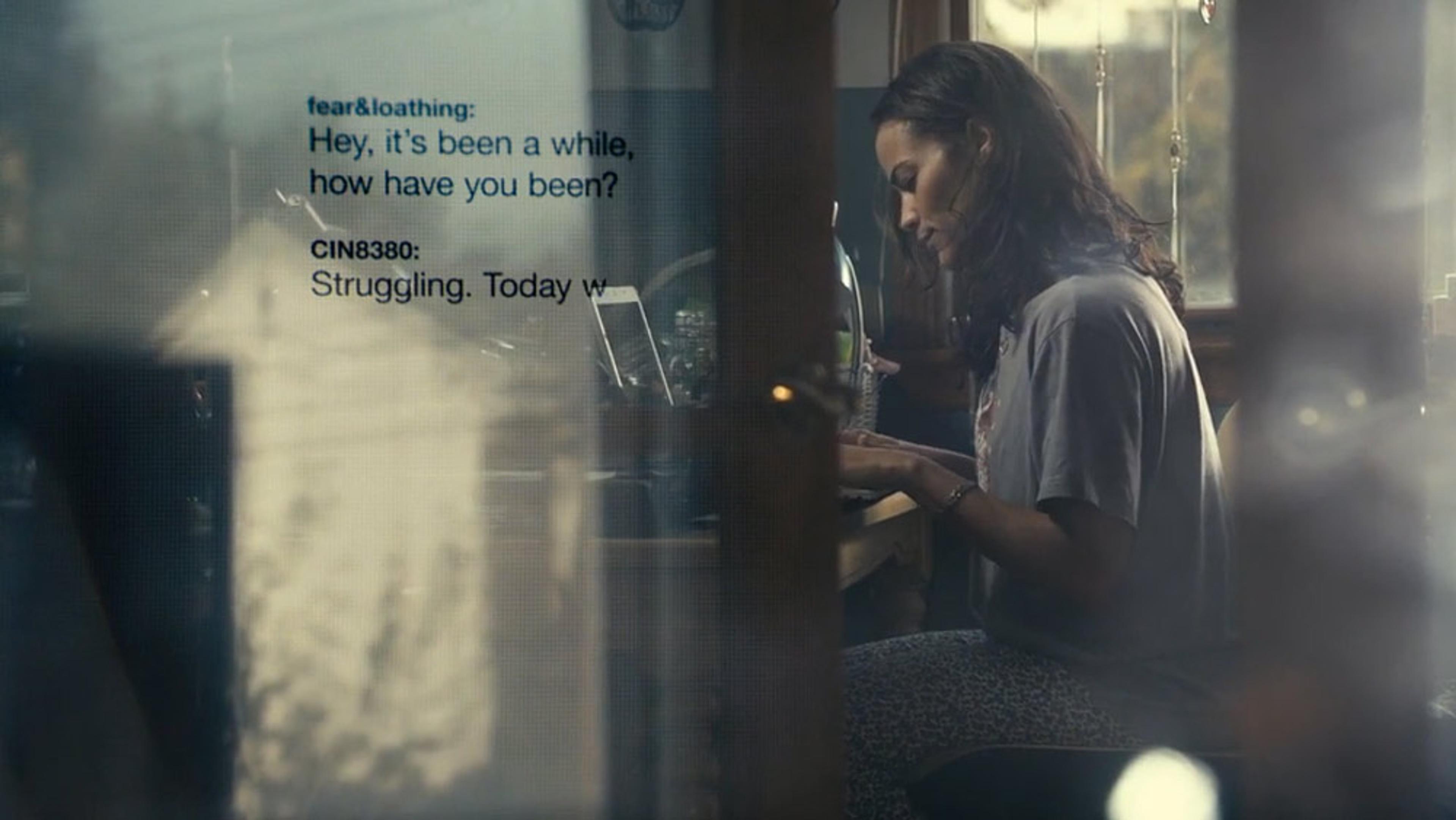Unless a filmmaker is aiming for overtly stylised storytelling, well-executed film-editing generally remains unobtrusive, allowing settings, characters and narratives to be front and centre. Still, the structural effect of editing is exceptionally important to storytelling, determining where viewers focus their attention and for how long. By selecting a shot framed in a particular way, or even just lingering on a scene for an extra split-second, editorial choices shape how viewers perceive characters’ mindsets, motivations and relationships. Using the critically acclaimed film There Will Be Blood (2007), this video essay from the US filmmaker Evan Puschak (also known as The Nerdwriter) explores how simply counting a film’s cuts can help a careful viewer determine what filmmakers or editors are trying to convey with the edits that structure their films.
For more on how film-editing works, watch the Aeon Video original Strange Continuity, on the brain science behind film cuts.
